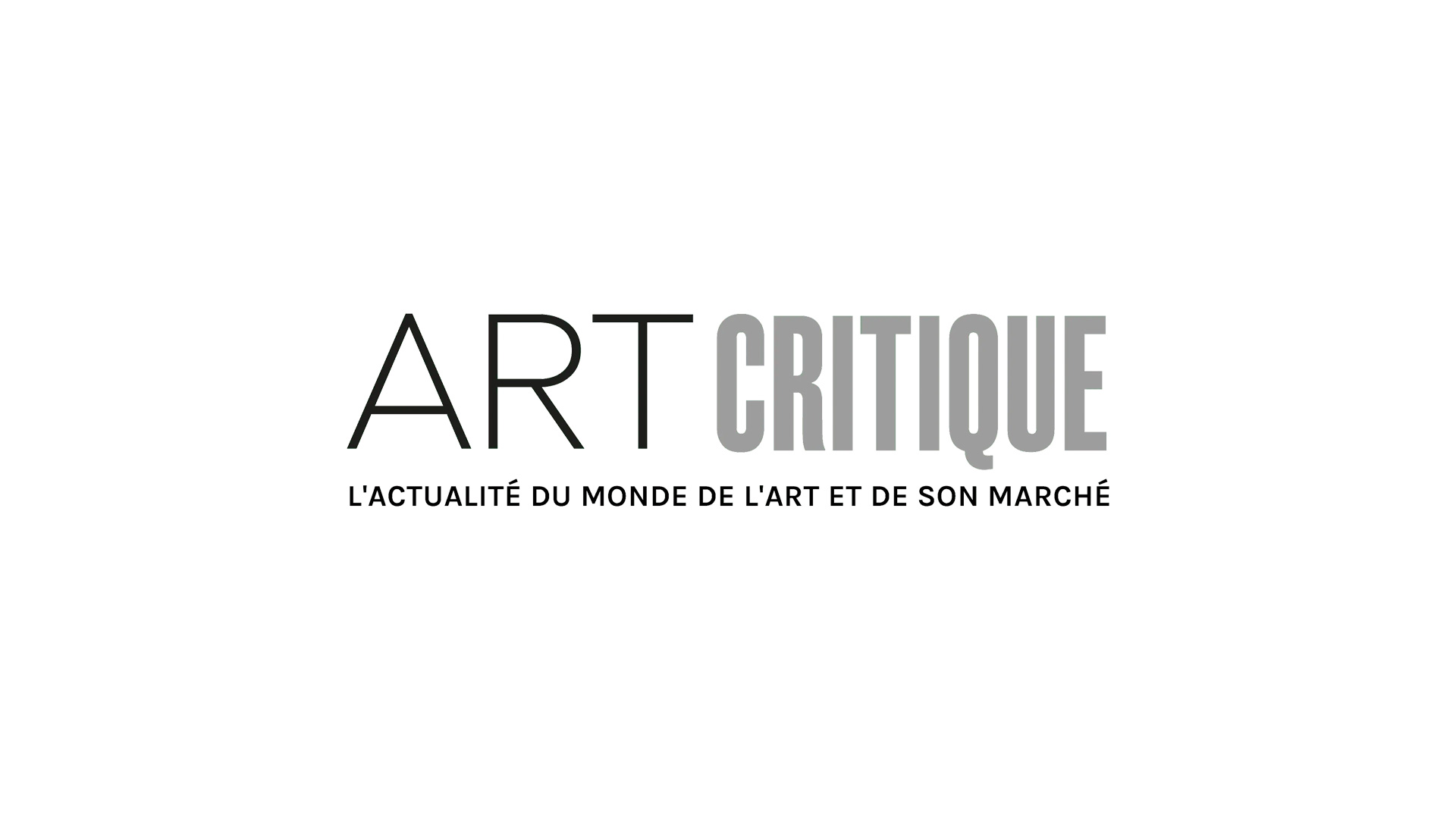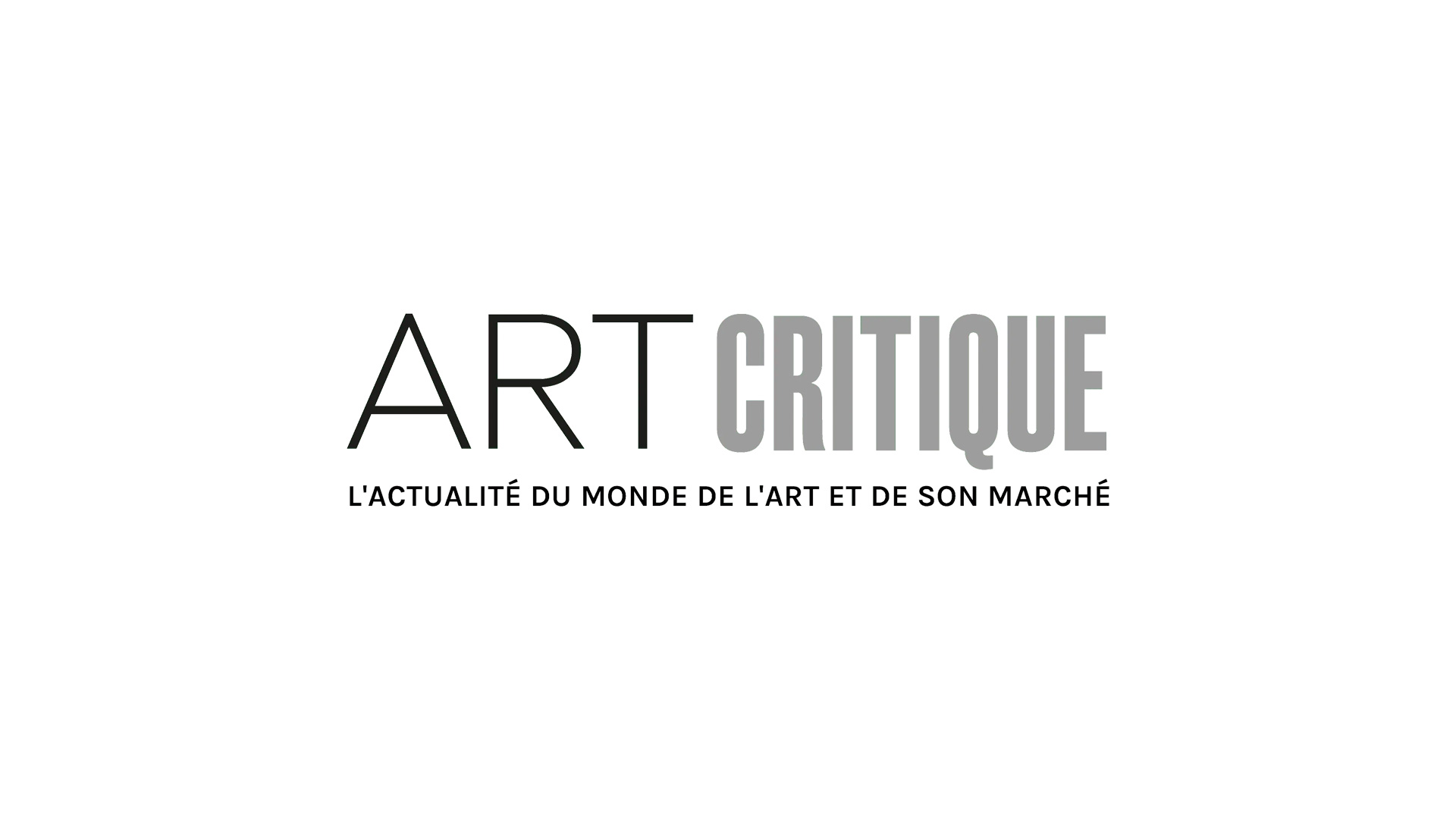Bee Breeders recently announced the winners of their second annual SKYHIVE Skyscraper Challenge. Taking home 2019’s prizes were Ka Wah Francis Cheung, Federico Fauli, Bryant Lau Liang Cheng, and San Yoon Minjae Koo.
The competition brings together participants tasked with creating what could be the next iconic skyscraper for cities around the world. The competition’s regulations stated that designs should address pressing topical issues including city density. However, beyond the location of the proposed high rise (sites were limited to 130×80 metres), the programme, and the final height of the structure, there were not many restrictions. Participants were encouraged to use new technologies, ways of organizing space, modes of construction, materials, and forms for their entries.

1st prize winner and winner of the BB Student Award:
Mobus Tower – Landscape in the Air
Designed by Ka Wah Francis Cheung (Hong Kong), a student at the University of Hong Kong, Mobus Tower works to challenge the traditional flat-slab organization of skyscrapers. The layout of the high rise emphasizes a new manner of vertical connections, which Cheung says rethinks the usual ‘spatial experience, structural system, and circulation’ of typical high-rise office buildings. While creating her prototype, Cheung used paper to figure out news ways to create a vertical structure.

2nd prize winner
Coscienza Intuitiva
With a starkly different design, Federico Fauli (Italy) secured his award by rethinking public space and how a skyscraper might be under constant revision. Fauli created his proposal for Palermo and it brings together many different typologies, materials, architectural elements, and languages to create a unique building. The result is ‘both [displayed] and [supported] structurally by fossils of the city, a city that is never complete, but forever undergoing an architectural, cultural, and symbolic evolution.’

3rd prize winner
Tesseract: Time Based Home Ownership Incentivisation Model
Taking on residential design, Bryant Lau Liang Cheng (Singapore) of the National University of Singapore, received his place by considering how residents might collaborate on the high rises they could call home. ‘Tesseract’ would allow for residents of the building to partake in the overall design of the building, being able to choose features to personalize their space as well as public spaces within the high rise. The project would encourage home ownership and produce unique buildings dependent upon the choices of residents.

BB Green Award
Machina: Air Colonnade
Finally, San Yoon Minjae Koo (Korea) received the BB Green Award for Machina: Air Colonnade. Koo’s design looks to the future when Seoul and Pyongyang, the capitals of South and North Korea, are one day united. The issues Koo worked with are those concerning the environment, namely the air quality in Korea and how the two cities might unite without disrupting the DMZ Forest.
‘Each submission was judged based on the elements of its design that were deemed innovative,’ said the press release announcing this year’s winners. ‘Proposals that questioned or built upon the standards of high-rise construction, as well as those that considered economic, social, and cultural impacts, were judged positively.’ Submissions represented interests in a number of topics and the competition’s jury gave ‘special consideration’ to those whose proposals utilized ‘innovative sustainable systems.’ The jury was also interested in designs that could serve as a novel work of architecture that fit with its chosen location.





